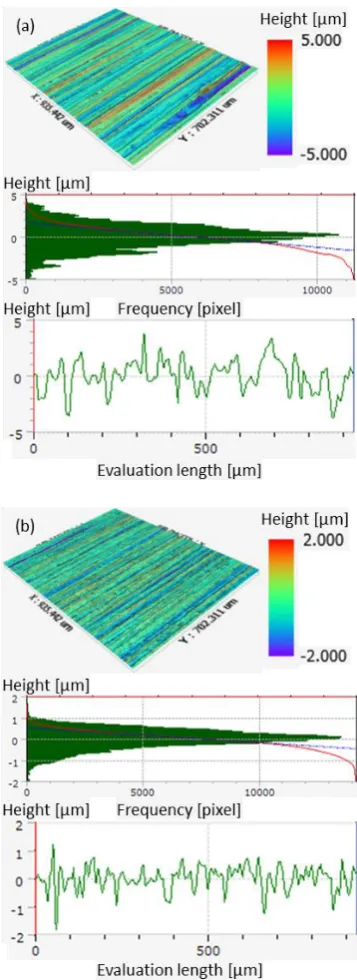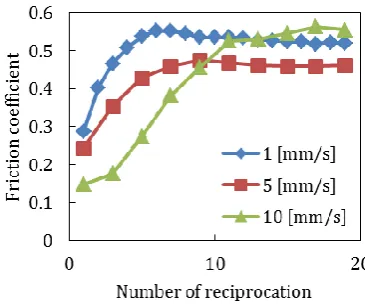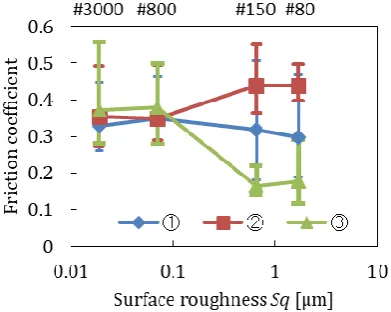Fundamental Study on No-lubricating Friction Characteristics Due to Anisotropy of Surface Properties Applied to Differential Gear
Full text
Figure




Related documents
Reprinted with permission from Farhath Zareen, Robert Karam, Detecting RTL Trojans using Artificial Immune Systems and High Level Behavior Classification, 2018 Asian Hardware
Our paper therefore proposes an extension of the framework of Kuada and Hinson (2012), to capture the unique exigencies of CSR practices of IBs, which are the conflicting priority
Tools are currently available to help physicians assess these two risks (clotting or bleeding) in older patients with AF, ie, the CHADS 2 score (Congestive heart
The concurrent effects of a fast national growth rate, of a large and dense residential area and a pressing demand for urban environmental protection create
This study attained a range of oral pressure values for dentulous group and edentulous group, which when compared showed that there is decrease in overall pres- sure in
In effetti il DP è il disturbo d’ansia con il maggior numero di studi di efficacia del trattamento a breve termine con le BDZ.. All’inizio degli anni ’90 l’alprazolam è
The variability of wood density across Costa Rica can be illustrated by differences found in wood density between conservation areas, NFMPs, and the different sampling protocols
SANCTIFICATION OF THE STUDY During the nineteenth century, in Britain, there were tremendous reforms, In this vein, the UK ’s citizens had used numerous ways



